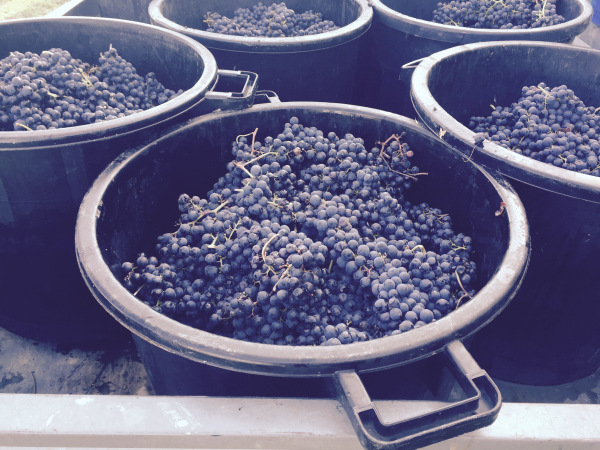In the past months I’ve collected recipes from winemakers, winery owners, and sommeliers throughout the world.
I’ve noticed some trends.
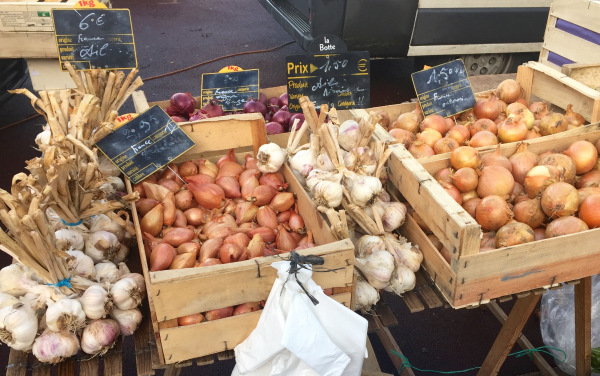
Austrians are very responsive to queries (40 percent), whereas Germans are not (4 percent); Canadians are more so than Californians (30 percent versus 10 percent), while New Zealanders are marginally better than Aussies (17 versus 11 percent). After Canadians and Austrians, South Africans are best at answering questions.
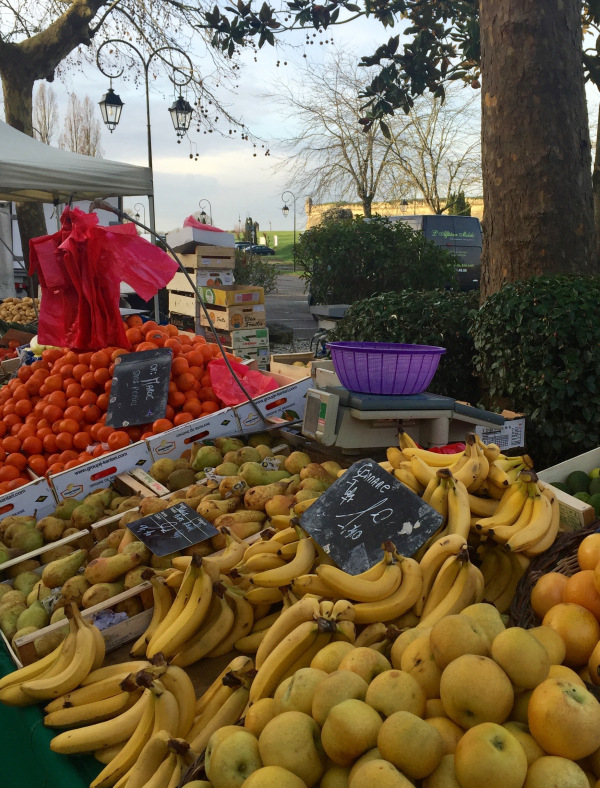
The surprise? How different nationalities measure cooking ingredients. Sure, we all know Americans use volume (cups, ounces, teaspoons) while Brits use weight (grams and milliliters). Italians and Israelis also stick to metric weights, while Australians, New Zealanders and Chileans combine, indiscriminately, both methods in any one recipe (grams for some ingredients, tablespoons or cups for others). It’s the same with South Africans – one recipe will include grams, milliliters, and cups. And Asia? Thai winemakers use weight, while Vietnamese use volume (ah, perhaps the war with Americans had an impact). Canadians use both – though exclusively; some individuals use only weight in one recipe, while others use only volume. Same with the French – weight for most, but volume for others (including well-known Bordeaux winemakers). (For Germans I need Google Translate for recipes, though they appear mostly metric.)
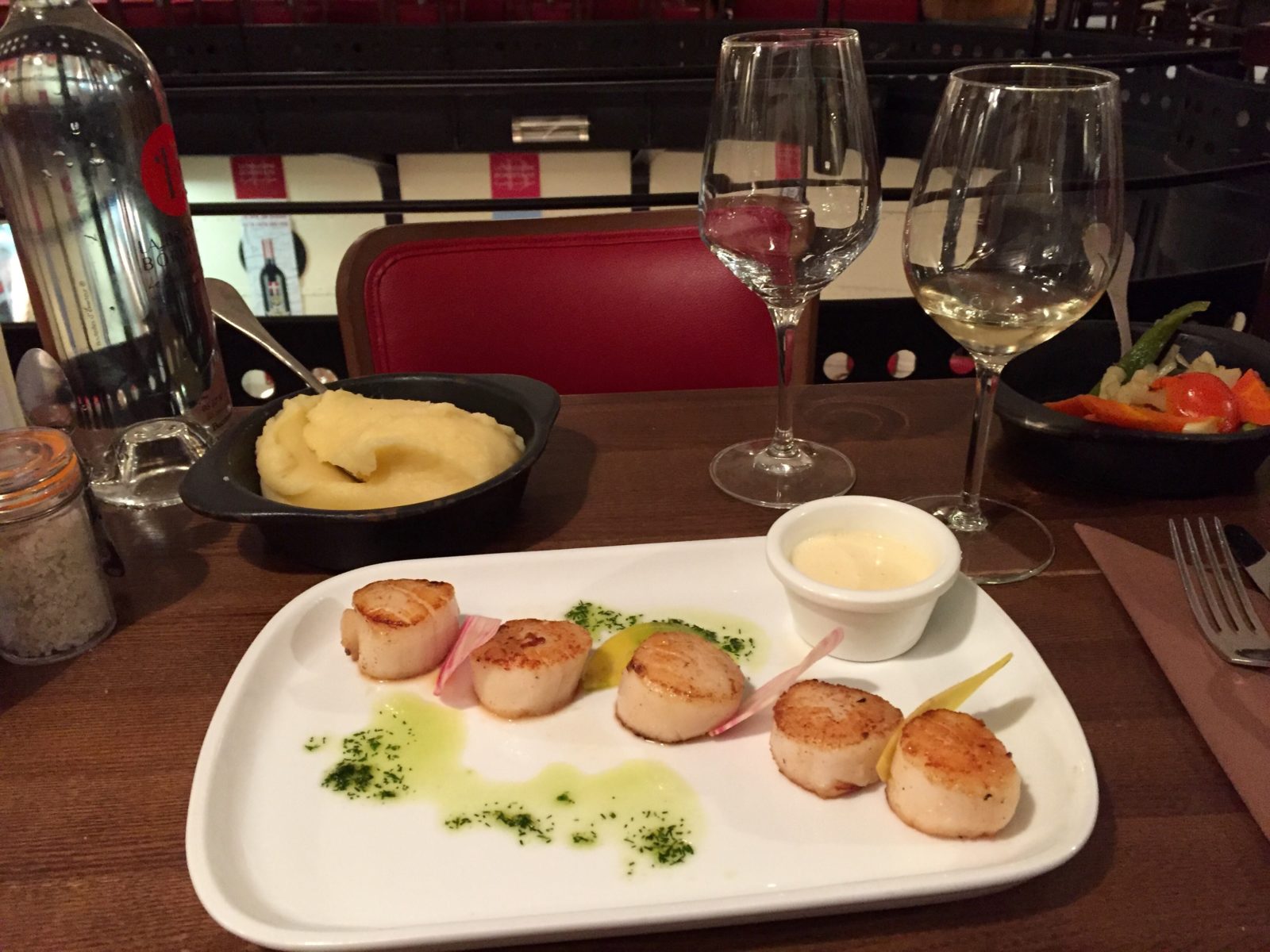
Argentines and Turks are most methodical – they use weight, then convert it to volume for each ingredient. They are Awesome! Cosmopolitan, exact, and polite. You guys (actually, one winery owner, who is also member of an ancient French cooking society in Turkey, and one woman, who not only is a physician who lectures at the University of California in San Francisco, but also owns and runs an Argentinian winery) are fantastic.
There are also other measuring units. Austrians use Dags (decagrams, or 10 grams), whereas some South Africans include punnets.
I noticed some recipes include two bottles of wine – one as an ingredient, the other to drink. Then our buddy Flavio Fenocchio from Piemonte, Italy, recommends slow cooking veal in no less than three bottles of Barolo wine (cannot wait to test drive that recipe).
Some favorite meat ingredients include kangaroo, red deer (“shot wild by Danny, our stockman, in the hills behind Bannockburn“), and a combination of dhufish and squid (“don’t forget to enjoy responsible gulps of Chardonnay throughout the process”). Vegetarian delights include poached plums, sweet pickled daikon, fried cassava, and fresh curry leaves.
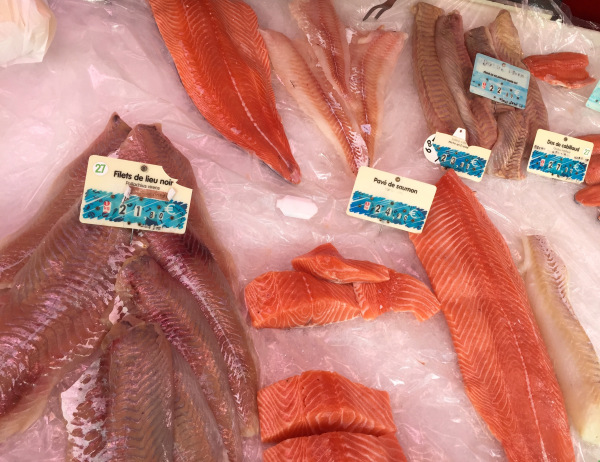
I do love assembling this book.
This week’s recipe comes from a British Columbian winery – CedarCreek. These organized Canadians also supplied a photo of the dish, and an image of their Executive Chef Jeremy Tucker (who appears rather Heston Blumenthal like, yes?).
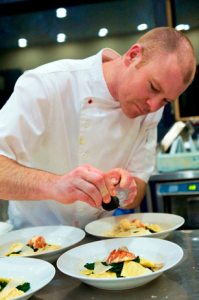
Here is the gorgeous recipe:
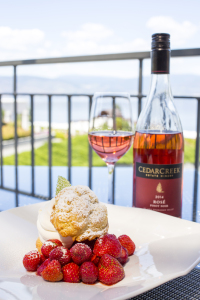 Shortcake, from Executive Chef Jeremy Tucker of CedarCreek Estate Winery, British Columbia, Canada
Shortcake, from Executive Chef Jeremy Tucker of CedarCreek Estate Winery, British Columbia, Canada
Preparation Time and Quantity –
10 minutes to prepare, 12 minutes to cook. Serves 6 to 8 people.
Ingredients and Amounts –
Flour (all purpose) – 1 ½ cups (150 grams)
Baking powder – 1 tablespoon (11 grams)
White sugar – ½ cup (100 grams)
Salt – 1 teaspoon (5 grams)
Butter (melted) – ½ cup (120 ml)
Orange (for zest and juice)– 1
Heavy cream (36%) – 1 cup (240 ml)
Strawberries (or other fruit) – ¾ cup (115 grams)
Whipped cream
Preparation –
- Pre-heat oven to 375 degrees Fahrenheit (190 degrees Celsius).
Recipe –
- Combine all dry ingredients in a bowl – flour, baking powder, sugar, salt – and mix evenly.
- Add melted butter, orange zest, and heavy cream.
- Mix into a single ball of dough, using a rubber spatula. Be careful not to over mix.
- Form into 6 to 8 tennis ball size dough balls. Place on a baking sheet.
- Bake for 8 to 12 minutes or until golden brown.
- Remove from heat and let cool while you prepare fruit.
- Cut fruit into bite sized pieces.
- Toss the fruit in a mixing bowl with a pinch of sugar and juice squeezed from zested orange.
Serving –
Cut the shortcakes in half. Place fruit and whipped cream between each two slices, then serve with a Riesling ice wine or a rosé (such as CedarCreek Platinum Riesling Icewine, or Pinot Noir Rosé).
Comments –
Cedar Creek wrote –
“Quick and easy to make, this simple yet delicious shortcake is customizable to seasonal fruit.”
